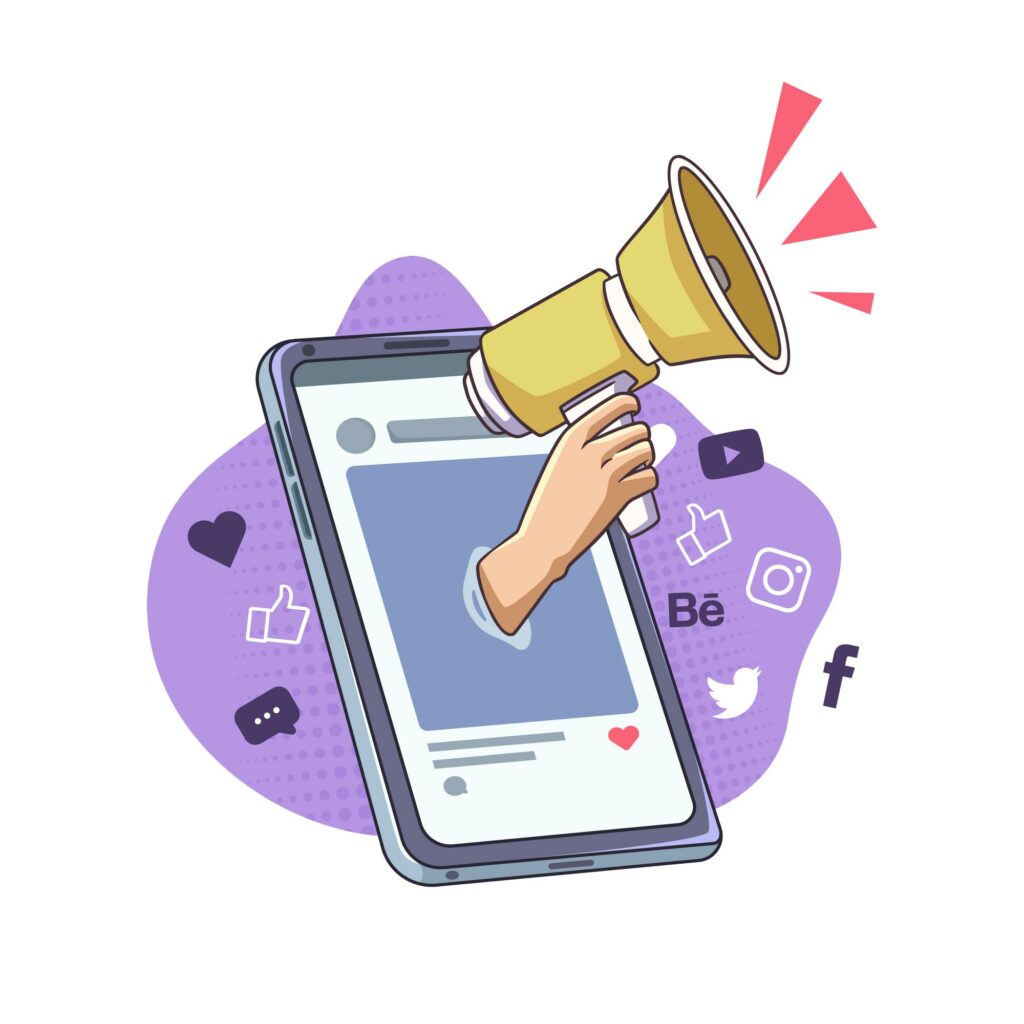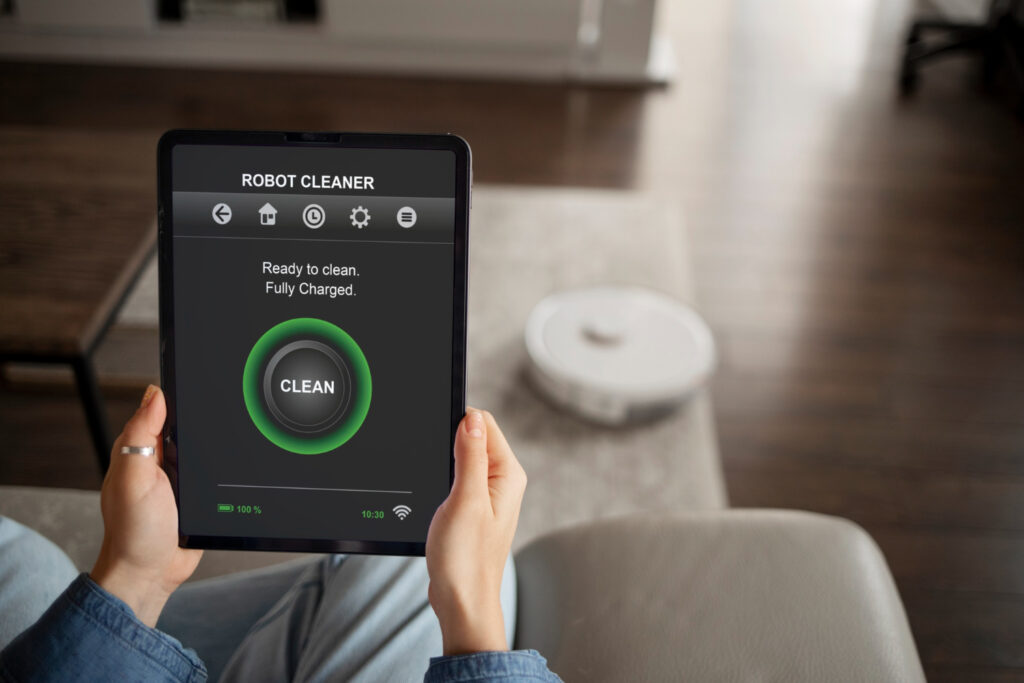
Sending targeted marketing messages is a great way to build brand awareness, boost sales, and generate leads. However, this one-way interaction may not be enough to reach customers wanting to engage with their favorite brands.
Nearly 70% of customers prefer to use conversational marketing chatbots because of how quickly they can initiate a conversation with a business on their own time.
A conversational marketing strategy can help you provide customers with the immediacy they crave.
What Is Conversational Marketing?
Conversational marketing is just what the name suggests. It’s a form of marketing that focuses on interacting with potential customers through two-way communications (either in real-time conversations or client-time conversations) — more on that in a bit.
If you’ve ever shopped online, there’s a strong chance that you’ve engaged in conversational marketing before.
You might see a chat icon with a message pop-up when you visit a website. It might say something like “Hi, welcome to….How can I help you today?” or something more specific that ties to that product or service offering.
For example, Carmax features a chatbot that caters to a wide range of car buyer needs, from setting appointments to finding more information about financing.
This scenario is conversational marketing in action. The goal is to engage website visitors and convert them into leads through conversation, often through automation or artificial intelligence tools.
Customers’ actions will trigger a chatbot, like when they spend a lot of time looking at a product page. The chatbot may ask if the customer wants to learn more about the product.
But that’s just the tip of the iceberg. Conversational marketing can take many other forms. Examples include lead-generation chatbots (like the example above), social media chatbots, live chat, voice assistants, and email.
How Conversational Marketing Works
In an ideal conversational marketing strategy, conversation happens in “customer time.” In other words, conversations take place whenever the customer wants.
It doesn’t have to be in real-time. It can be whatever time is most convenient for the customer. So, conversational marketing should focus on the needs of the customer.
Conversational marketing meets customers where they are. So, for example, imagine that your customer base spends a lot of time on Facebook.
It may be best to set up a chatbot within Facebook Messenger to answer questions and boost the chances of converting these customers. Why?
Because your customers already use Facebook multiple times per week, it’d be much easier for them to send a message on the app than perform a Google search for your company’s number or email address.
For example, if a potential customer is looking for linen suits for men, and there’s an option to message the brand directly in the app about sizing and turnaround times, it creates a seamless shopping experience.
And if there’s an indicator that the brand responds quickly (in this case, instantly), then it’s an even better solution. A customer can get real-time answers for all of their shopping-related questions. The result? Lower bounce rates. And higher conversions. What’s not to love?
Keep in mind that your conversational marketing efforts should be easily scalable. The last thing you want is for your business to get left behind because you don’t have the staffing or budget to serve your customers. Enter chatbots.
Bots are valuable in a marketing strategy because they already have answers prepared for the most common questions based on data that already exists. That takes the burden off your customer support team. And chatbots can work 24/7 a day (no beauty rest required).
That’s not to say that chatbots should replace humans. But bots are useful when a customer needs a quick answer to a simple question. If the bot can’t help with a particular inquiry, it should provide quick access to a live rep.
With a detailed sales playbook in hand, your sales reps can follow all the correct steps during the sales process to overcome common sales objections and close the deal. Think of it as a foolproof guide to engaging with customers throughout the sales cycle.
AI-powered chatbots and the human touch are a dynamic duo for turning prospects into customers. Align them together and watch your sales soar.
Industries Using Conversational Marketing
There are a few industries that are frontrunners for harnessing the power of conversational marketing. So, if you need inspiration, take a peek at these two examples.
Healthcare
Healthcare is a major industry that requires human interaction. A healthcare brand like Henry Meds can benefit from using conversational marketing to help patients quickly get the information they need about Henry Meds’ products, services, or health-related concerns.
But that’s not all. Through conversational marketing, Henry Meds can provide personalized treatment plans in three simple steps.
Here’s how it works:
- Complete a simple online form with your health history.
- Schedule a telehealth consultation at your convenience.
- Receive your medication delivered to your doorstep.
Henry Meds adds conversation and convenience to a traditionally cumbersome process. It’s one of the many drivers behind telehealth’s impressive growth rates over the past few years.
Local Businesses
Businesses that provide local services can also leverage conversational marketing to engage with their customers and reduce friction throughout the buying process.
For example, Watermill Flowers, a florist in Fort Lauderdale, uses real-time order assistance to guide customers through the ordering process, help them choose the right floral arrangements, and address any concerns.
Watermill Flowers uses a chatbot on Facebook Messenger to answer customer questions and take orders.
This local business showcases another great example of where instant responses can boost consumer trust in a brand. Why? Customers can get their questions answered (at their beck and call) before deciding on a purchase.
And if that purchase doesn’t happen with your brand, they’ll run into the open arms of the next local business that appears on the search engine results page (SERP).
5 Benefits of Conversational Marketing
1. Get to Know Your Customers
When you set up a chatbot, it automatically collects key information about your site visitors.
During a conversation, your buyer’s responses can give you valuable insights into:
- Why did they come to your site
- Their biggest pain points
- What product features do they care about
By the end of the conversation, you’ll qualify them and understand whether a lead fits your ideal customer profile.
2. Create a Positive Customer Experience
Because conversational marketing helps you learn more about your customers’ needs and pain points, you can create personalized experiences.
For example, you can adjust your conversations and recommend certain products or services based on customer interests and where they fall in the customer journey.
3. Build Customer Loyalty
Conversational marketing allows you to respond quickly to customer support issues. Or help customers make a purchase decision by providing key information.
These gestures create a positive feeling, build trust, and increase customer loyalty. Customers are more likely to make a purchase with a brand they trust and keep coming back for a positive buying experience, boosting your conversation rates.
4. Create a More Human Touch
Today’s customers want to feel connected to the brands they interact with.
So, use customer data wisely to tailor conversations. Address users by name, remember past interactions, and offer relevant recommendations.
Make chatbots feel more human by giving them names, personalities, and avatars. Program them to understand context and emotions, and occasionally use informal language or emojis, where appropriate.
And if a chatbot can’t answer a query, ensure a smooth transition to a human representative.
5. Provide Real-time Feedback and Answers
Customers usually browse through a product catalog or list of services before they make a buying decision.
If they need further information, they may engage with someone from the sales team or a customer service rep over the phone. But this often requires waiting, which can hurt sales in the age of instant gratification.
No one wants to spend minutes or hours waiting on hold for a customer service rep to answer their call. Or wait days for an email response. That’s the quickest way to frustrate customers and lose them to a competitor that provides faster support.
Chatbots can help you give your customers the immediacy they’re looking for when it comes to answering their questions or problems.
Plus, customers may prefer to interact with a chatbot over an actual human, especially if they just need a quick answer to a question. For instance, Albert, a personal finance and mobile banking app, uses a chatbot to answer financial questions on the spot.
In short, a chatbot can meet your customer’s needs by giving customers answers in real-time or when they need them most.
Move More Leads Down the Sales Funnel With Conversational Marketing
Conversational marketing is about understanding and meeting our customers in their comfort zone. It’s like having a genuine chat with a friend, offering assistance right when they need it.
This strategic approach builds trust and guides potential customers smoothly through the sales journey.
So, as you plan your next marketing move, consider integrating conversational tactics. It’s time to truly connect with your audience. Your customers will be grateful, and your profits will show it.
Featured image by Freepik
The post 5 Top Benefits of Conversational Marketing for Your Business appeared first on noupe.



